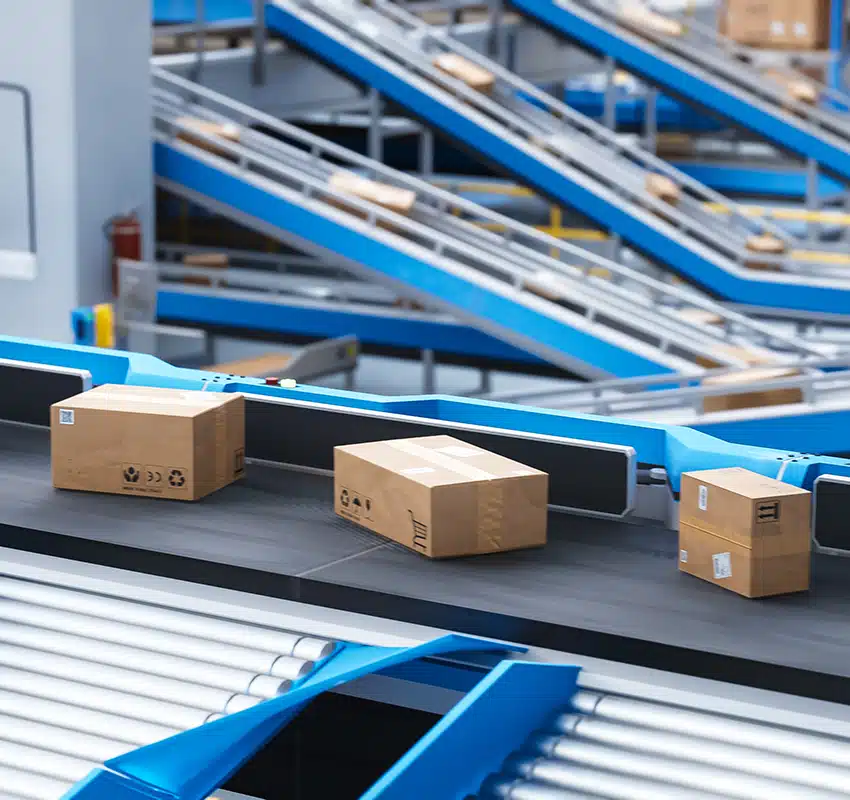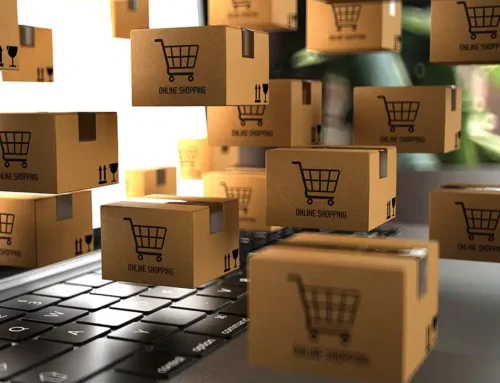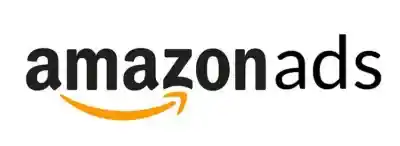Mastering Amazon Prime Day Advertising
Amazon Prime Day 2025 is shaping up to be the most competitive sales event of the year, running from July 8 to July 11, a full 96 hours of deep discounts, brand promotions, and high-intent shopping. There is more pressure than ever to develop effective, data-driven advertising campaigns, as more brands are competing for shoppers’ attention. Here’s how you can prepare your advertising strategy to make the most of this major sales event.
Key Takeaways:
- Launch advertising campaigns weeks in advance to build visibility, gain algorithmic relevance, and create early momentum before Prime Day begins.
- Combine Sponsored Products, Sponsored Brands, Sponsored Display, and Amazon DSP to reach customers across all stages of the shopping journey.
- Monitor performance in real time and adjust bids, budgets, and ad placements dynamically to maximize conversions throughout the event.
Start Early to Build Momentum
The path to Prime Day success begins well before the event itself. Leading brands often launch their campaigns weeks in advance to build awareness and engagement early. Starting your advertising efforts ahead of time gives your products more opportunity to gain visibility and signals to Amazon’s algorithm that your listings are relevant and popular.
This early momentum is crucial if you want your deals to appear in “Today’s Big Deals” or other prominent placements during Prime Day. It also allows shoppers to discover your products, compare options, and plan their purchases in advance, making your remarketing campaigns more effective later on.
During this pre-sale period, Sponsored Display and Amazon DSP can be used to build brand awareness by driving traffic from external platforms back to your product listings.
Customize Your Messaging with Personalization
Personalization is essential once your campaigns go live. Generic advertising won’t stand out during Prime Day’s intense competition. Segment your audiences based on past purchases, browsing behavior, and engagement history. For example, retarget existing customers with complementary products or upgrades, while introducing new items to first-time visitors. Sponsored Display and Amazon DSP are powerful tools for remarketing during and after the event, helping you deliver relevant messages that drive higher engagement and conversions.
Use a Multi-Format Ad Strategy
A diverse, multi-format advertising approach will yield better results than relying solely on Sponsored Products. When it comes to reaching audiences on and off Amazon, across platforms and funnel phases, Amazon DSP (demand-side platform) is especially effective. Distribute your budget equally throughout the four event days, allocating a little more on Day 1 to draw in early traffic and Day 4 to finish out any remaining conversions.
Offer More Than Just Discounts
While discounts are an important part of Prime Day, price cuts alone often aren’t enough to capture attention. Focus on adding value through special offers and product bundles instead of simply competing on the lowest price. Gift-with-purchase promotions and exclusive Prime member deals are also highly effective. These strategies help boost conversions and make your products more visible in search results without requiring deep discounts that reduce your profit margins.
Optimize Listings and Storefronts for Conversions
No advertising campaign is complete without optimized product listings. Poor content can undermine even the most well-targeted ads. Make sure your listings have relevant bullet points, well-written, keyword-rich titles, and high-resolution photos taken from various perspectives. Customer reviews and ratings are also critical, so use this lead-up time to request feedback from verified buyers.
Consider updating your Amazon Storefront to reflect a Prime Day theme by adding featured banners, organizing deals into easy-to-browse categories, and creating sections like “Top Picks Under $50” to help shoppers find what they need quickly.
Extend Reach Through Off-Amazon Channels
Prime Day advertising efforts shouldn’t be limited to Amazon’s ecosystem. Off-platform channels like Instagram, TikTok, and Facebook offer expanded reach and targeting capabilities. Work together with influencers or produce brief films that succinctly highlight the advantages of the products you sell. You can also explore streaming and OTT advertising on Amazon’s own properties, such as Freevee or Prime Video, where interactive video ads can include QR codes linking directly to your product pages.
Monitor Performance in Real Time
Once Prime Day begins, it’s essential to track your campaigns closely. Keep an eye on important metrics like inventory levels, click-through rates, keyword performance, and Advertising Cost of Sale (ACOS). Adjust your bids, stop ads that aren’t performing well, and shift your budget to the products that are generating the most sales. If a product goes out of stock, pause its ads right away to avoid wasting money. Managing your campaigns dynamically throughout the event helps reduce losses on underperforming ads and maximize results from your best-selling products.
Summary
Amazon Prime Day is one of the most competitive shopping events of the year, requiring careful planning and a data-driven approach to succeed. Launching campaigns well in advance helps build brand awareness and momentum, especially when you use a mix of Sponsored Display, Sponsored Brands, and Amazon DSP.
Offering bundles, exclusive deals, and personalized messaging based on customer behavior adds value and drives higher engagement. Optimizing your listings with clear descriptions, high-quality images, and strong reviews also improves conversion rates.
Throughout the event, it’s essential to monitor performance in real time so you can adjust bids, manage budgets, and pause underperforming ads as needed. With a flexible and proactive strategy, Prime Day can become a powerful opportunity to drive sales and strengthen your brand’s presence.











